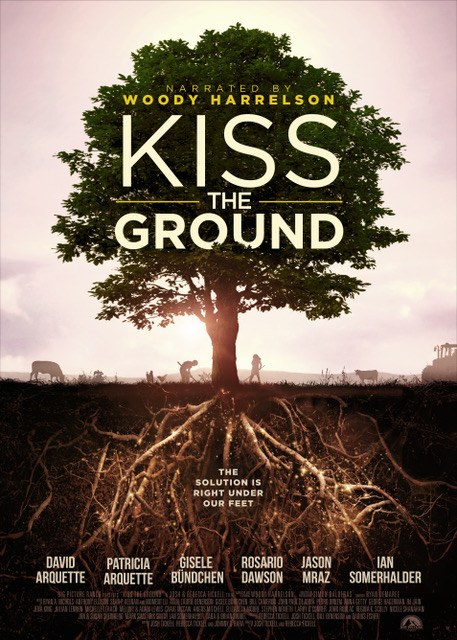
Kiss the Ground
Students will view the 2020 documentary Kiss the Ground to consider the concept of regenerative agriculture as a tool to improve soil health and overall environmental sustainability.

Students will view the 2020 documentary Kiss the Ground to consider the concept of regenerative agriculture as a tool to improve soil health and overall environmental sustainability.
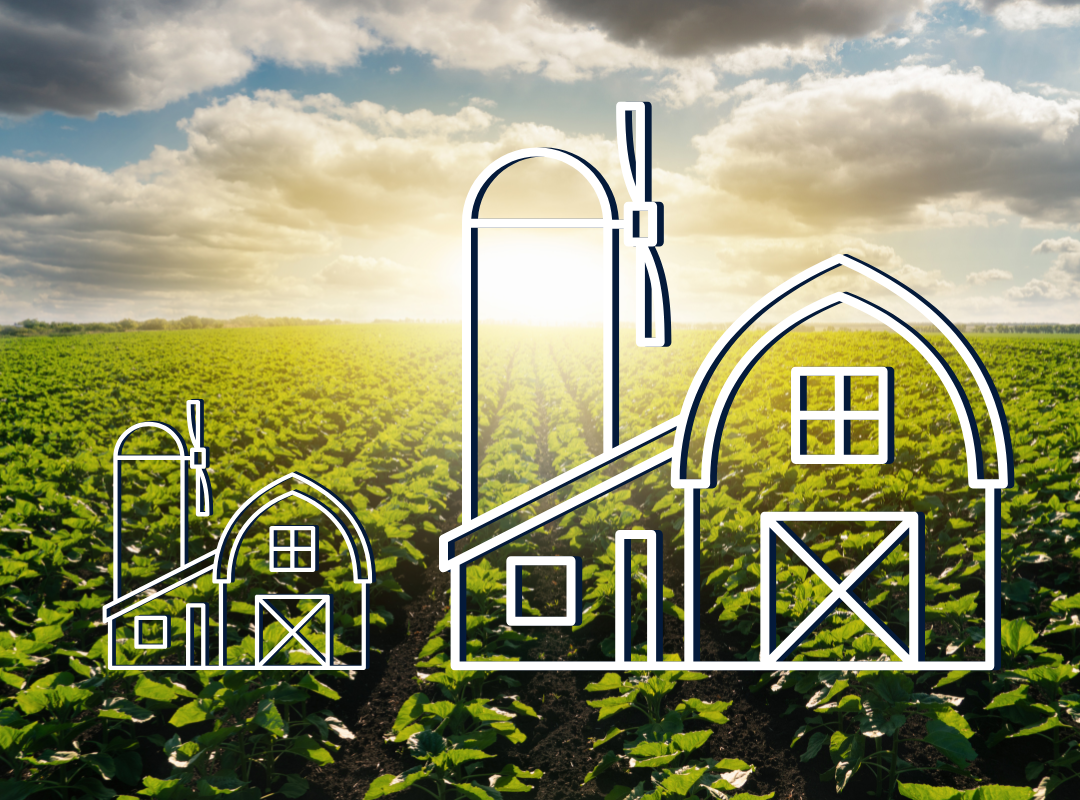
Discover how technological advances and economic forces influence the size of farms in the United States. Evaluate the pros and cons of large-scale agriculture for the production of our food, fuel and fiber and identify the similarities and differences in commercial vs subsistence farming.

Students examine the environmental footprint of food by discovering factors along the farm-to-fork process that contribute to a food's environmental footprint and discuss possible solutions to create a sustainable future through the foods we eat.
Explore modern livestock farming practices and the ecological footprint of meat, milk, and egg production. Evaluate the contributions of the livestock industry and weigh the challenges related to environmental and economic sustainability of animal-source foods in comparison to plant-source foods.
Students explore the concept of inherited traits and understand the significance of Gregor Mendel's discoveries related to heredity.
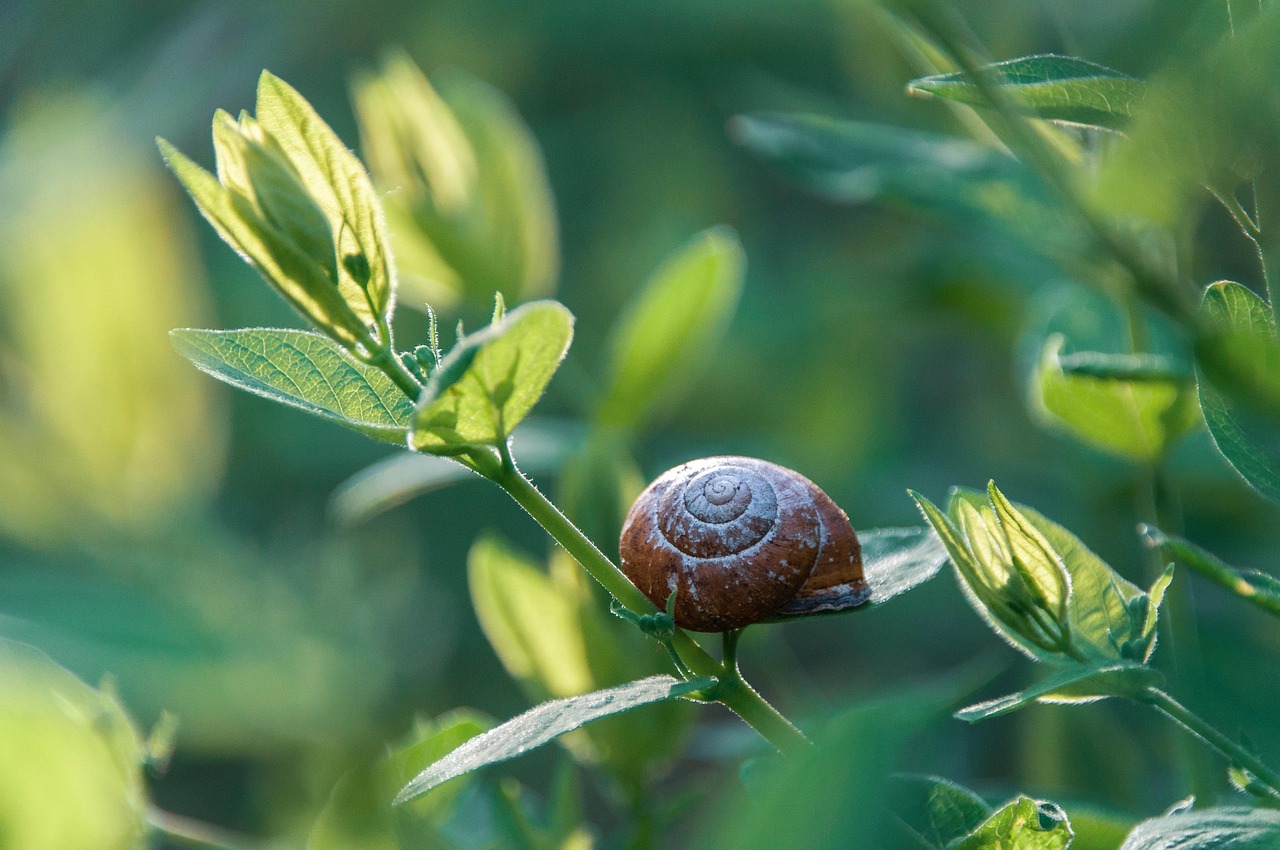
This lesson teaches about invasive species: what they are, the threats they pose, and damages they can cause. Students will identify individual pests and invasive species and discover what they threaten, where they live, and the pathways hungry pests use to enter new locations. Finally students move into action and explore what they can do to prevent the spread of invasive species.
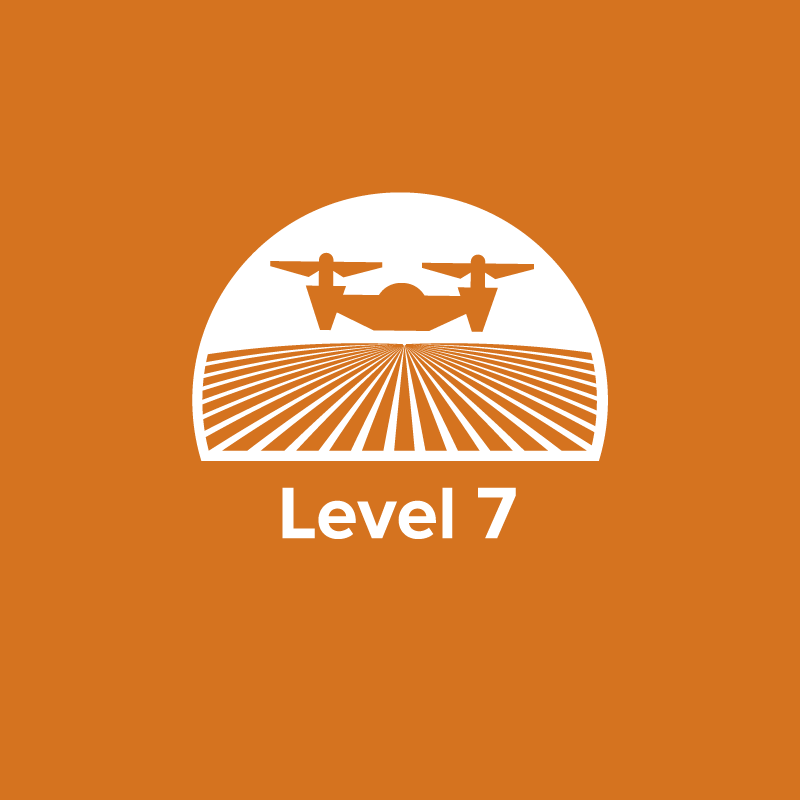
Students will explore new technologies that will impact the future of farming, understand the role of developing countries in food security, and explain how consumers influence the production of food.

Students will explore new technologies that will impact the future of farming, understand the role of developing countries in food security, and explain how consumers influence the production of food.
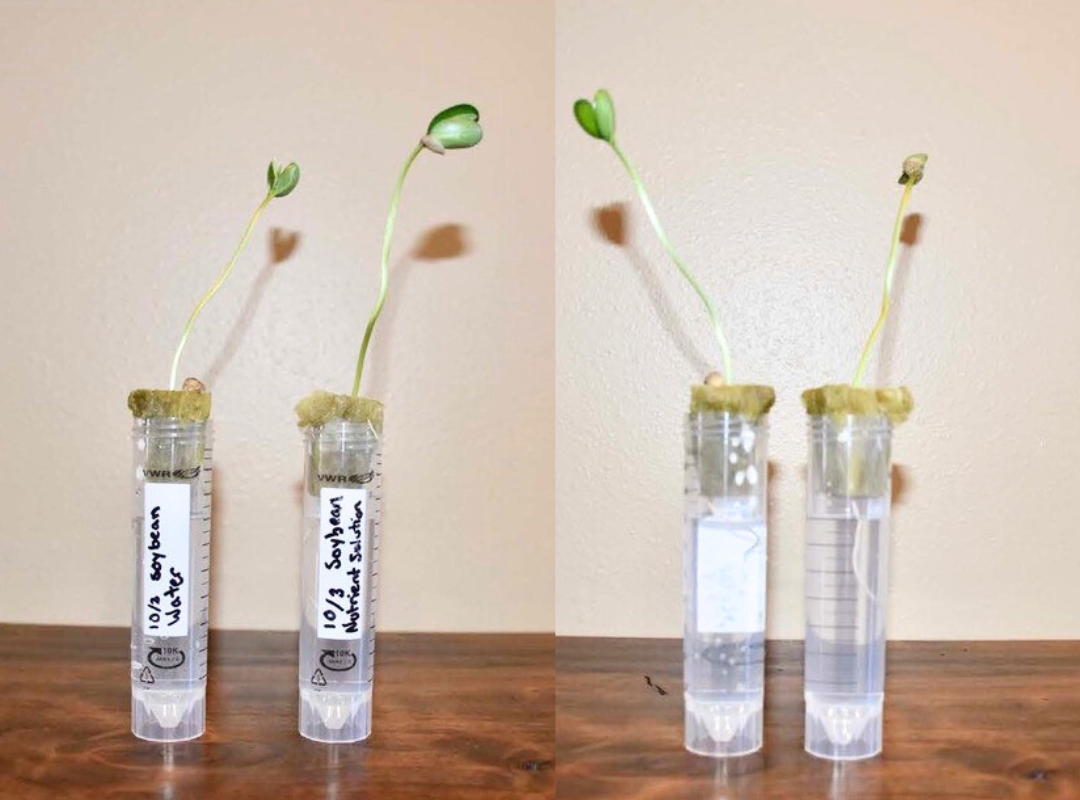
Investigate the importance of nutrients for plant growth and discover how plants grow without soil by growing and observing plants in a test tube hydroponic system.
Students explore the almond tree life cycle including tree dormancy, pollination, bloom, and kernel development of an almond.
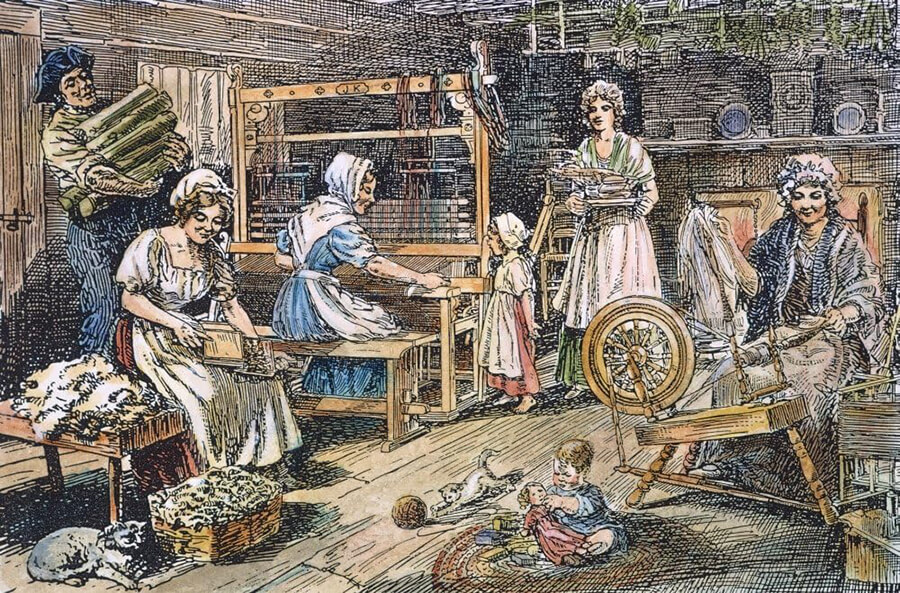
Students investigate how the need for wool impacted the American colonists by examining the Wool Act of 1699, determine the importance of wool in colonial America, and compare and contrast the differences between processing wool then and now. Students spin, weave, and dye wool to explore how wool was processed in Colonial times.
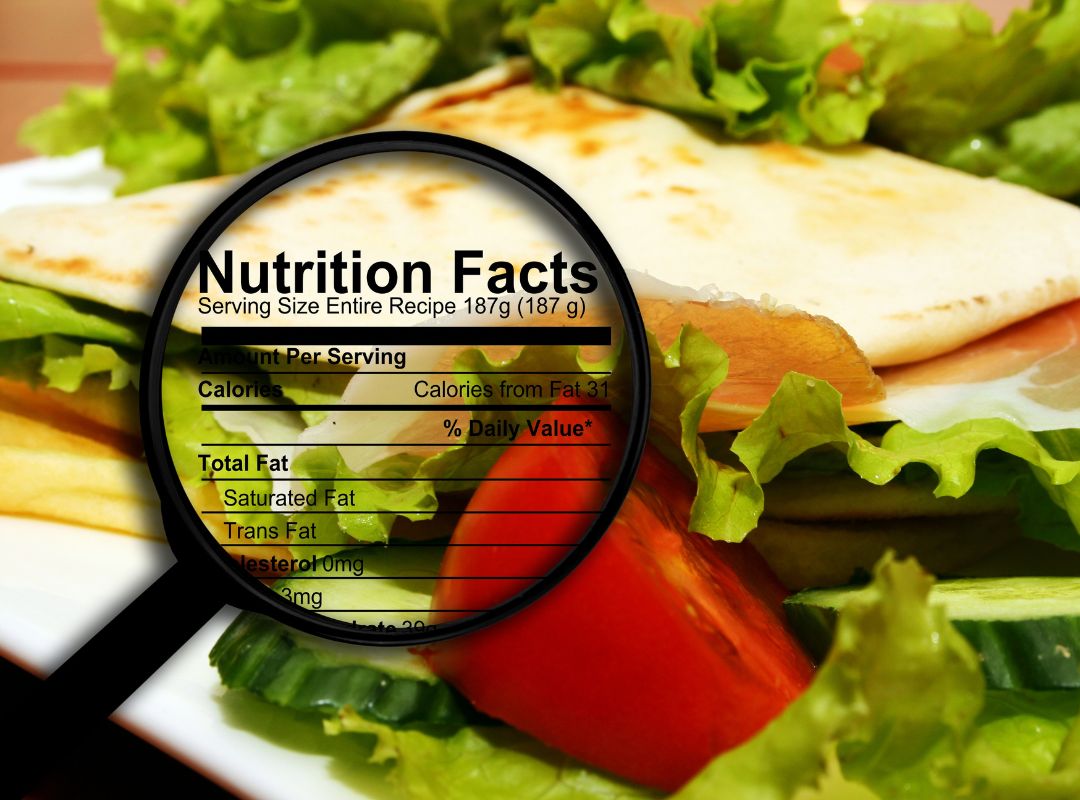
Explore the features of the Nutrition Facts label with a focus on protein, analyze serving size, and make a Nutrition Facts label for a smoothie.